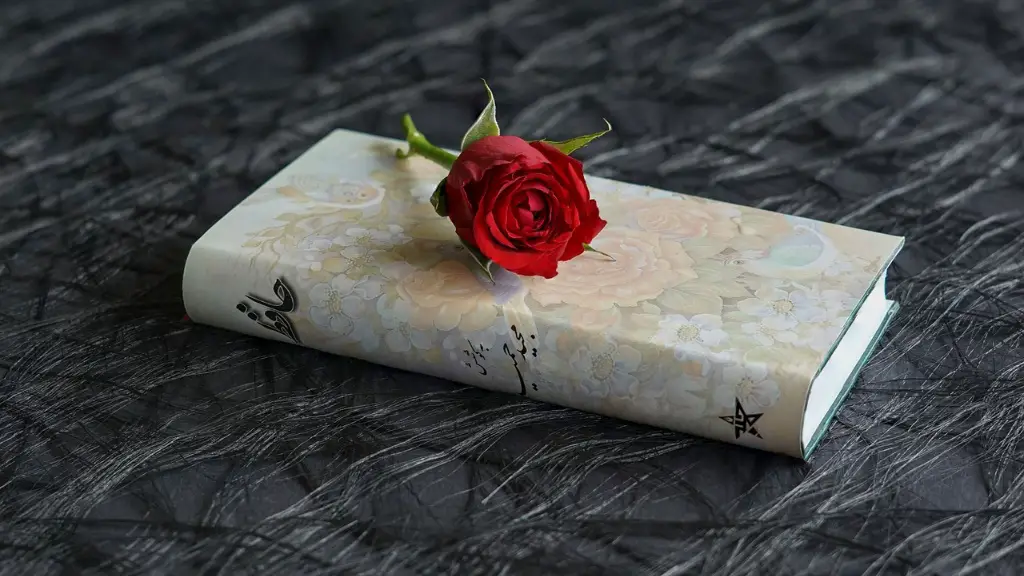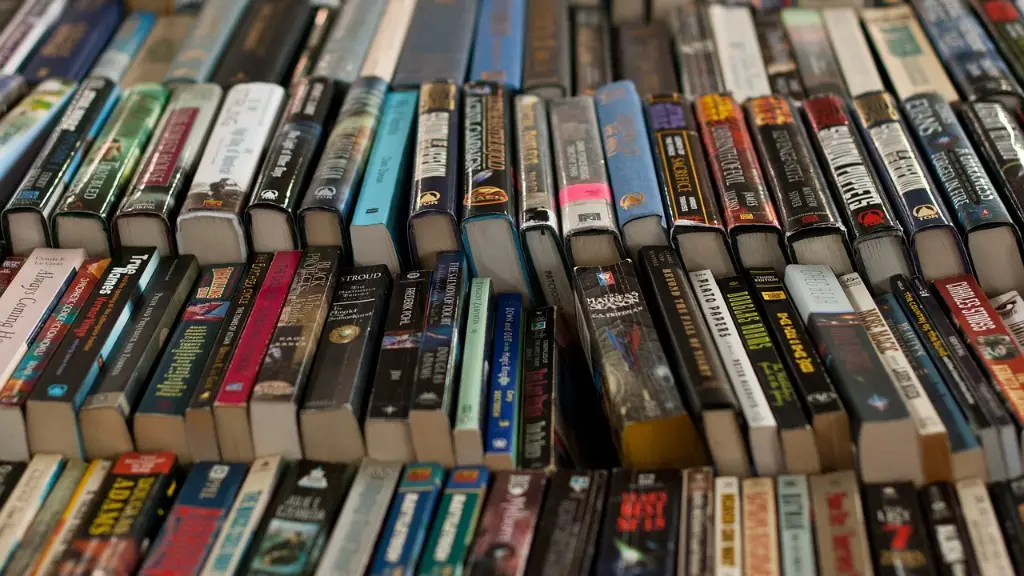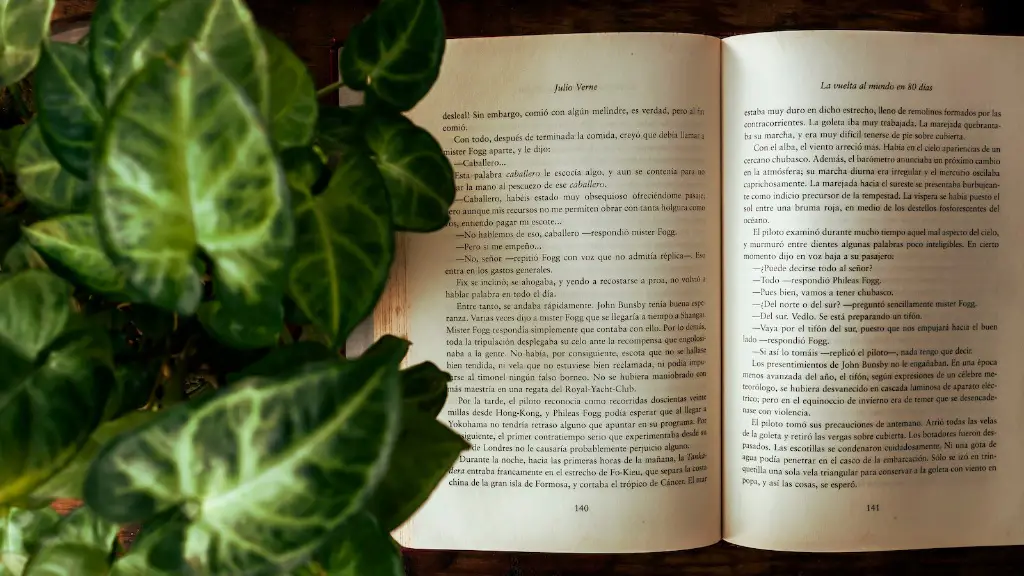Understand the Basics
Poetry is an art form that employs the use of words to create pieces of literature that are thought provoking and emotionally powerful. It is a very versatile and vibrant form of expression that can be used to convey deep, meaningful messages in subtle and profound ways. To craft good poetry, one must first understand the basics of poetic devices such as imagery and figurative language, rhythm and meter, and structure and form.
Imagery and Figurative Language are devices used to create vivid and vivid pictures with words. By combining creative language and visuals, poets are able to construct imaginative scenes and worlds with great detail, and evoke emotion from readers. Rhythmic and metrical devices use rhythm and syllabic patterns to create a lyrical flow to the poem, and structure and form are conventions of grouping, organizing, and arranging a poem’s lines or stanzas to create a particular effect.
Discovering Your Inspiration
The beauty of poetry lies in the range of topics and perspectives it can explore. To find inspiration, start by taking a close look at your own life. Reflect on your unique emotions and experiences, and draw upon meaningful moments that have shaped you as a person. Also take the time to observe the world around you – look to nature, current events, and everyday occurrences for interesting points of inspiration. Listening to music can also be helpful for those feeling stuck in creative rut. Music often stirs powerful emotions and helps to bring clarity and understanding to an idea or concept.
Writing Techniques
When you have your initial idea, the next step is to begin writing. This can be a daunting process, but with some useful techniques, you can craft effective poetry. First, write down your thoughts freely, and continuously. Don’t worry too much about grammar or structure yet – just allow ideas to come to you and record them. When exploring similar ideas, it’s best to vary your language and imagery. The more you flex your poetic muscles, the more choices you’ll have when you start the crafting process.
Editing and Revising
Once you have a rough draft ready, it’s time to start critically editing and revising. This can involve making improvements to the form, the wording, and the structure of the poem. Try reading your poem aloud to get a better feel for it. How does it sound? Is there an even rhythm and flow? Are there any awkward or repetitive words? Another way to revise your poem is to step away from it and come back with a fresh perspective later. This will help you to take a more objective stance and be able to better discern what works and what doesn’t.
Sharing Your Poetry
Once you have completed and polished your poem, think about how you’d like others to read it. Publishing poetry online is a great way to share your work with a wider audience and receive constructive feedback. Popular poetry websites like Poetry.com and All Poetry can help budding poets to find likeminded people, network, and start making their voices heard.
Understanding Genres and Subgenres
Each genre of poetry brings something different to the table. Whilst mastering them all can take time, once you understand the basics you can craft masterful pieces. Similes, metaphors, and puns are some of the most common devices used in narrative poetry and haiku poetry, for example, whilst concrete poetry relies heavily on visual and structural elements. Limericks and sonnets are always fun to write, and feature the common rhymes, meter, and structures that come with those genres.
Connecting Deeply With Thoughts and Feelings
Ultimately, writing poetry should be a deeply personal experience, and it’s important that you create meaningful content that is true to your thoughts and feelings. Throughout the entire writing and editing process, keep your innermost thoughts and emotions at the forefront of your mind, and let the words flow freely. The more deeply you are able to connect and authentically express your emotions, the more effective your poem will be.
Understanding the Importance of Research
Doing your research on different poetic styles and techniques is important in order to craft an effective and engaging poem. Spend time reading great works from other poets, and try to glean and interpret the techniques that they use. Learning from the masters of poetry will help you to craft powerful and meaningful pieces yourself.
Gaining Confidence in Your Writing Ability
Confidence is key when writing poetry. Spend some time practicing before you attempt your first masterpiece, and don’t be afraid to experiment. Poetry does not have to be perfect, and oftentimes the most powerful pieces are written from a place of vulnerability and with a certain degree of rawness.
The Power of Visual Art
Visual art can provide excellent inspiration for a poem. Look to different forms of visual arts, such as paintings, sculptures, and photographs, to evoke strong emotions and ideas. Sometimes, visual art can spark an understanding or thought process that would take much longer to craft without the use of imagery.


